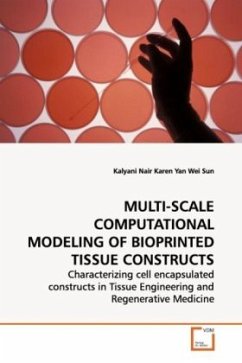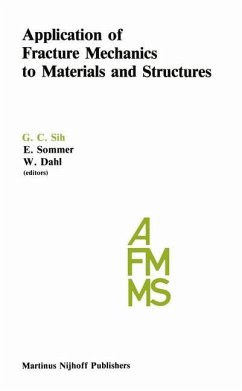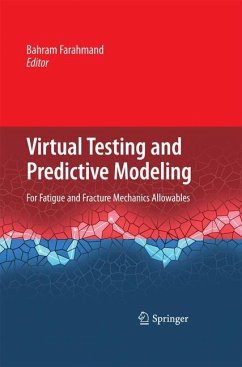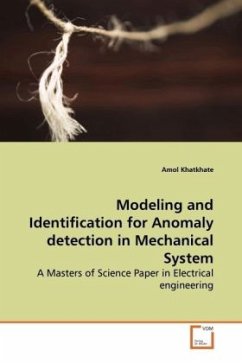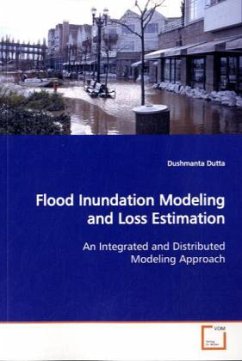
Computational modeling of fracture in quasibrittle structures
An application of the peridynamic theory to concrete and other quasibrittle materials
Versandkostenfrei!
Versandfertig in 6-10 Tagen
45,99 €
inkl. MwSt.

PAYBACK Punkte
23 °P sammeln!
Construction materials research and the prediction of the performance of civil engineering structures mandate the use of the best computational modeling tools. Conventional continuum models have limited applications to quasibrittle structures. Silling in 1998 proposed a general theoretical framework called the peridynamic model. This model was formulated in order to correct the shortcomings of continuum models. However only materials with a fixed value of the Poisson's ratio can be modeled with Silling's original formulation. In the present work Silling's peridynamic model is improved with the...
Construction materials research and the prediction of the performance of civil engineering structures mandate the use of the best computational modeling tools. Conventional continuum models have limited applications to quasibrittle structures. Silling in 1998 proposed a general theoretical framework called the peridynamic model. This model was formulated in order to correct the shortcomings of continuum models. However only materials with a fixed value of the Poisson's ratio can be modeled with Silling's original formulation. In the present work Silling's peridynamic model is improved with the formulation of the micropolar peridynamic model. The micropolar peridynamic model is a generalization of the original peridynamic model. In this book different consitutive damage models for quasibrittle materials are proposed and a number of benchmark problems are analyzed. Results obtained match fairly well with those obtained with typical laboratory experiments. This book is an excellent material for engineers and researchers in the areas of fracure and damage modeling of quasibrittle materials.



